NO MATTER YOUR VISION.
WE GUIDE YOU
WE GUIDE YOU
For over 30 years, Veldhoen + Company has developed and implemented new ways of working for forward-thinking organisations.
5 min read
Blog Title
“The noblest and largest landscape of Rubens is in the royal collection. It exhibits an almost birds-eye view of an extensive country with such masterly clearness and intelligence, as to contain in itself alone a school for painters of landscape.” - Horace Walpole (1782)
This quote is one of the earliest known references to the term “bird’s-eye view”. It encapsulates our current sense of the phrase; being a privileged view that affords a level of understanding and clarity that other views do not. In other words, the best view to have!
The world of work is no different. So they can continually improve upon their circumstances, organisations strive for the best view from which to understand their context and circumstances. They do this through data, the bigger and the broader, the better.
Whether it’s a corporation trying to get the edge on their competitor, a hospital trying to provide the best possible patient care, or a local municipality trying to serve their community. They all want a view of their organisation that provides the most clarity - a bird’s-eye view.
In the context of workplace strategy decisions, data providing a bird’s-eye view tends to be quantitative, such as swipe card data, utilisation studies, engagement surveys, meeting patterns, and organisational network analysis etc.
What if there was another view that doesn’t need to be so big or so broad, but which could provide deeper, richer understandings that would likely be completely missed by a bird? A view that was closer to the ground and didn’t provide a vista but instead gave access to stunning details. This would be the opposite of what a bird might see and would be what a worm would see – a worm’s-eye view. Where the bird has an excellent view of the ‘what’, the worm can more easily see the ‘why’, or the ‘how’.
This is not new to corporate anthropologists who have been using the worm’s-eye view to help organisations. In her book “Anthro-vision: How Anthropology Can Explain Business and Life”, Gillian Tett observes “worm’s-eye approach does not usually produce neat power points or flashy spreadsheets. But it can be sometimes more revealing than the bird’s-eye or Big Data view”.
Data sources for this perspective tend to be qualitative, providing a nuanced examination of individual experiences, typically through ethnographic research methods like observation and interviews. These are more time-consuming to generate and analyse, but they can lead to richer and more nuanced insights.
Both perspectives have their strengths and limitations. A bird's-eye view is useful for identifying patterns and trends across an entire organisation or industry which can help inform strategic decision-making. However, this approach can be limited in its ability to capture the granular nature of organisational culture and employees’ lived experiences.
On the other hand, a worm’s-eye view is useful for understanding the social dynamics and cultural practices within an organisation, which can help identify areas for improvement and facilitate organisational change. However, this approach can be resource-intensive, and the findings may not be easily generalisable to other organisations or sectors.
While each approach has its strengths, layering insights from both the bird's-eye view and worm's-eye view can reveal a richer and more nuanced set of organisational insights.
Quantitative data can provide an overall picture of an organisation or industry; the data highlights trends and patterns that might not be immediately apparent from qualitative data. On the other hand, qualitative data can offer a deeper understanding of the human experiences and social dynamics within an organisation that quantitative data may overlook. Most importantly, combining both perspectives can reveal opportunities that would otherwise go unseen if each approach were used in isolation.
At Veldhoen + Company, we’ve done just that. We partnered with a major tech company to help them understand not just what workplace settings their people used but how and why. We performed the study in four locations in Australia, the U.S., India, and the Netherlands. For the bird’s-eye view, we conducted a comprehensive utilisation study. During that same period, we implemented an ethnographic observation study. We then integrated results from existing data sets into our analysis. Taking this holistic view enabled the analysis to consider the implications of macro factors like geographical locations, national cultures, and comparative office designs.
The diversity of the data revealed insights that busted some ongoing myths and assumptions about the work environment and how it was being used. It also helped create a ‘joined up’ conversation with internal stakeholders who traditionally operated within silos (HR, CRE, IT etc.). The study created a suite of recommendations to evolve, and in some cases, transform the way of working and office design. Additionally, the data provided a compelling case for change to leaders, internal stakeholders, and staff. Crucially, the study revealed insights that neither the utilisation study nor the ethnographic study could have done in isolation.
For example, a longitudinal review of existing swipe card data revealed that the workplaces were under capacity, but its usage was increasing over time, albeit slowly. Therefore, a forecast was made as to when office capacity would likely reach peak levels. The utilisation study revealed that individual work points were being used in clusters throughout the workplaces rather than evenly distributed and that formal collaboration spaces were used in greater proportion to informal spaces.
The ethnography revealed that although the workplace model was fully shared (unallocated), staff were anchoring themselves to a desk for a full day irrespective of the number of activities they completed elsewhere. The ethnography also revealed that the reason for the proportionally high use of formal collaboration spaces was that staff were using them for activities that could otherwise be done in an informal setting.
By taking insights from the utilisation study and combining them with ethnography, it was identified that based on current usage patterns, workplaces would experience capacity issues earlier than originally forecast. Neither the views provided by the utilisation nor the ethnographic results in isolation would have revealed this issue. It was only by combining the views, that the issue was revealed.
In the wake of the pandemic, many organisations find themselves on the frontier of a new way of working but do not know how to choose the best path forward. They are awash with data opportunities but ironically, this obscures their view – they don’t know which vantage point to take. The fastest way is to take a bird’s eye view. The most granular way is to take a worm’s eye view. The optimal way is to take both views simultaneously.
If you are keen to find out more, please feel free to reach out to me.

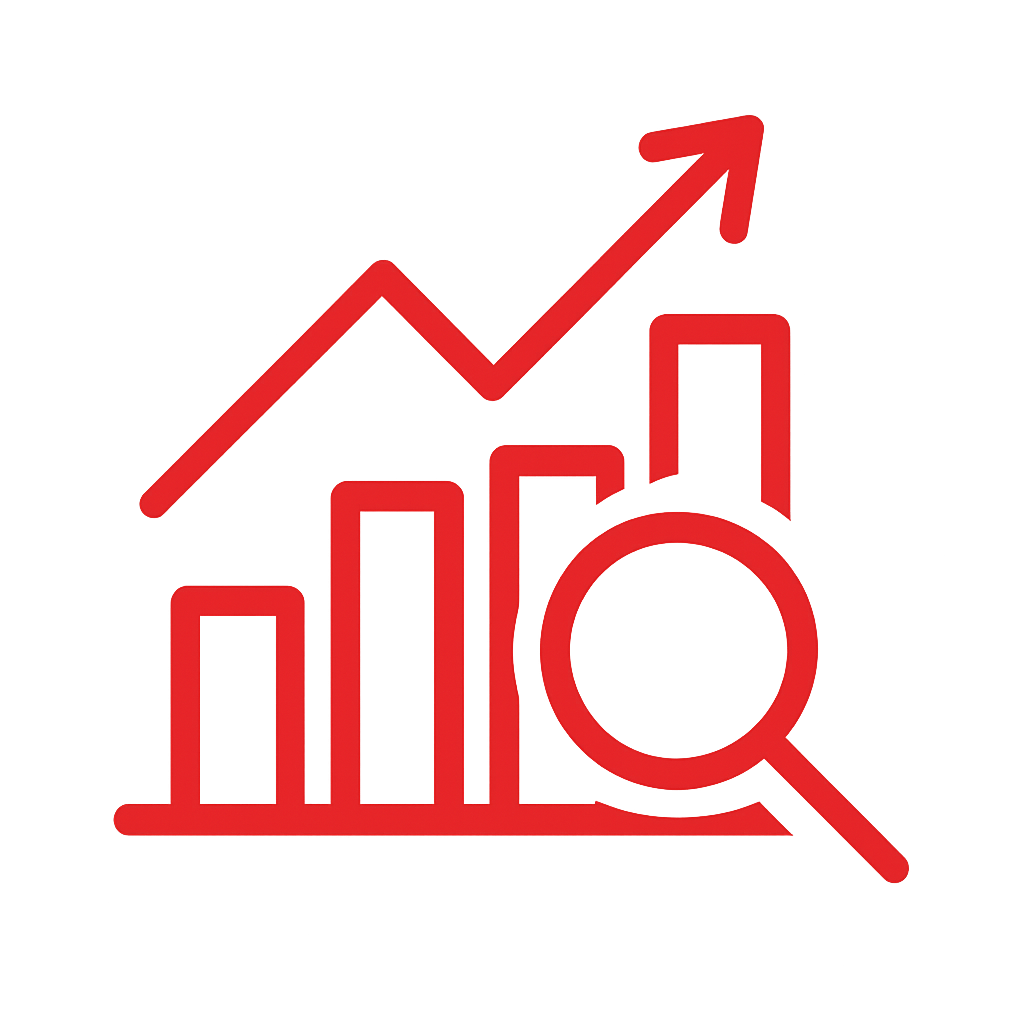
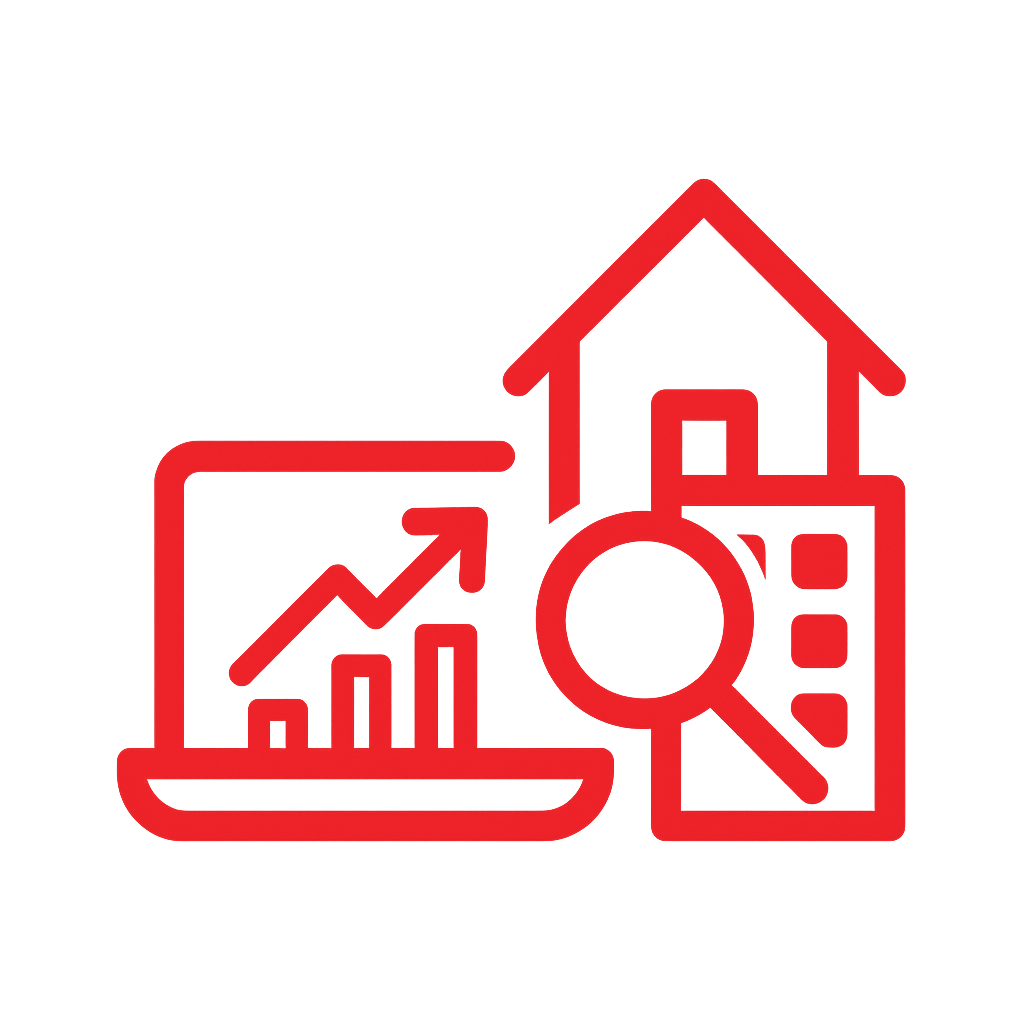
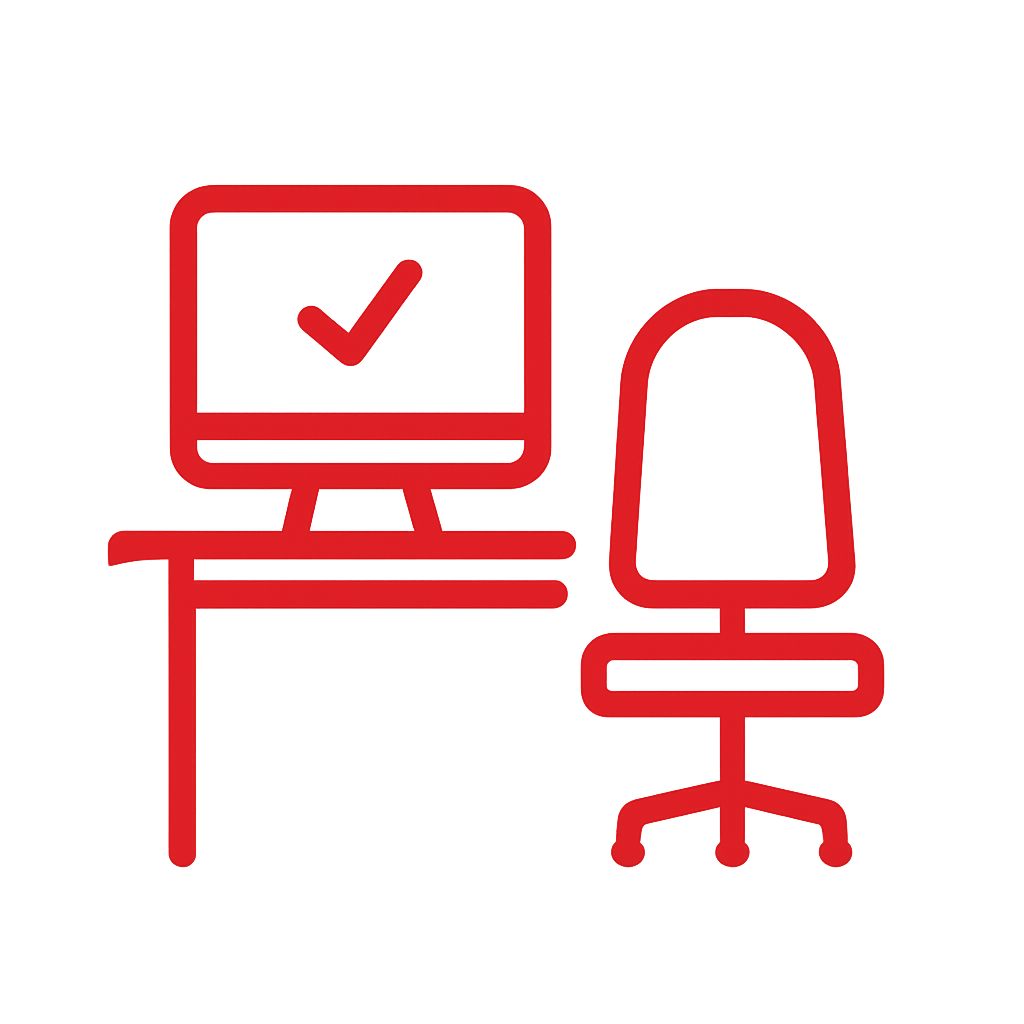
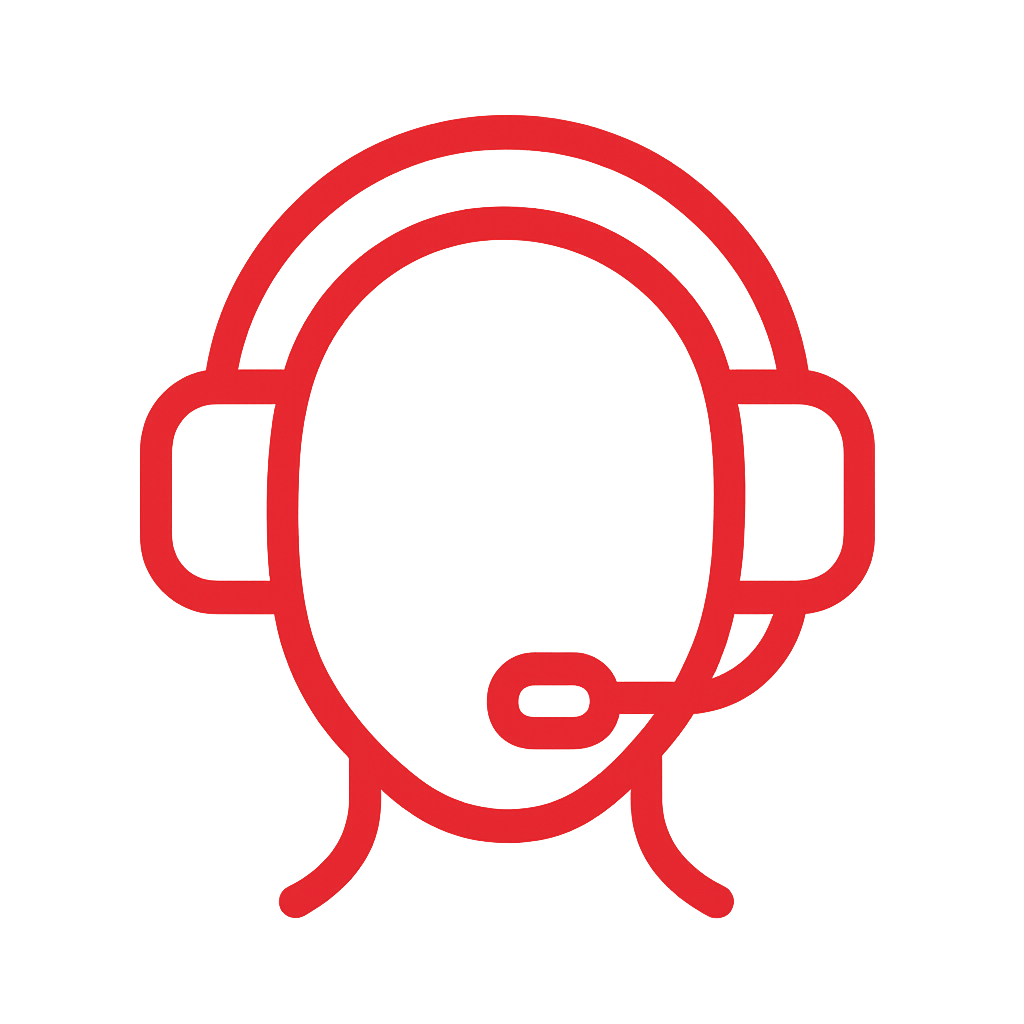
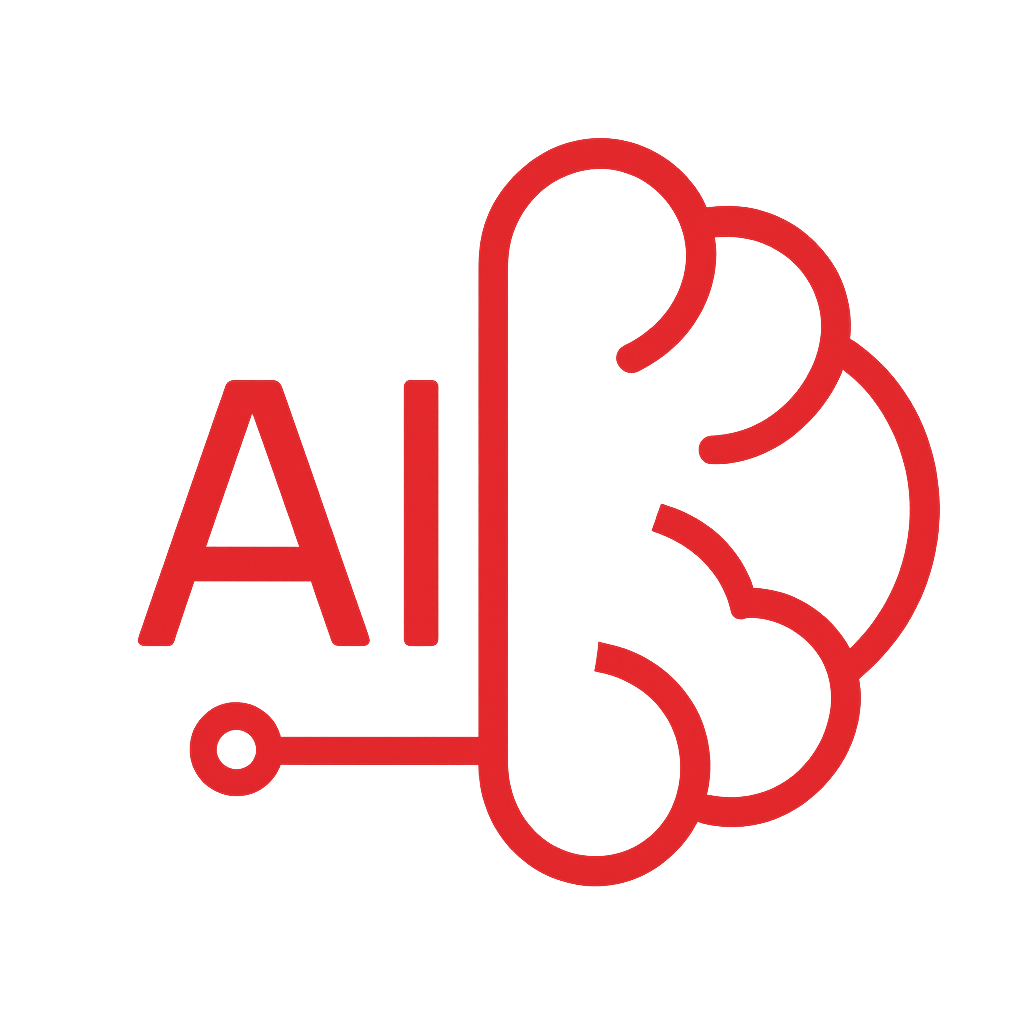
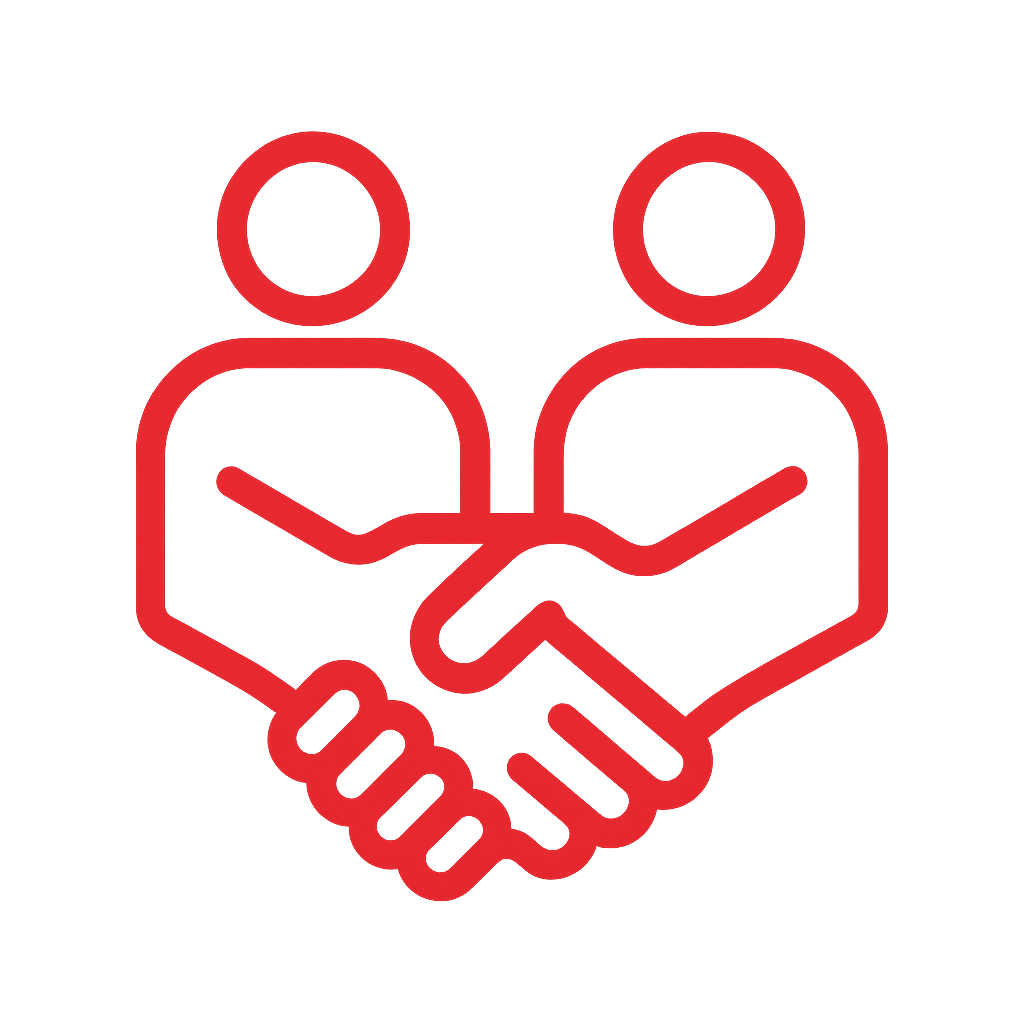
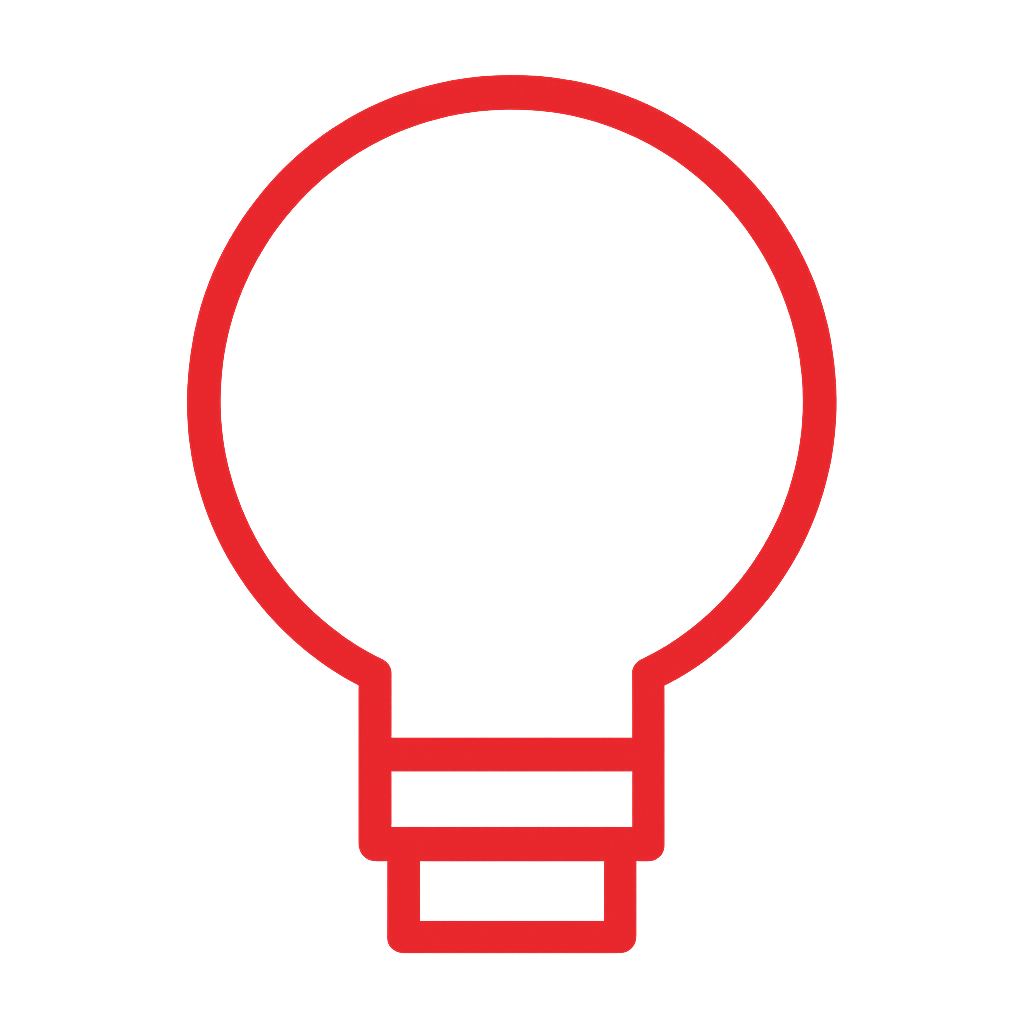
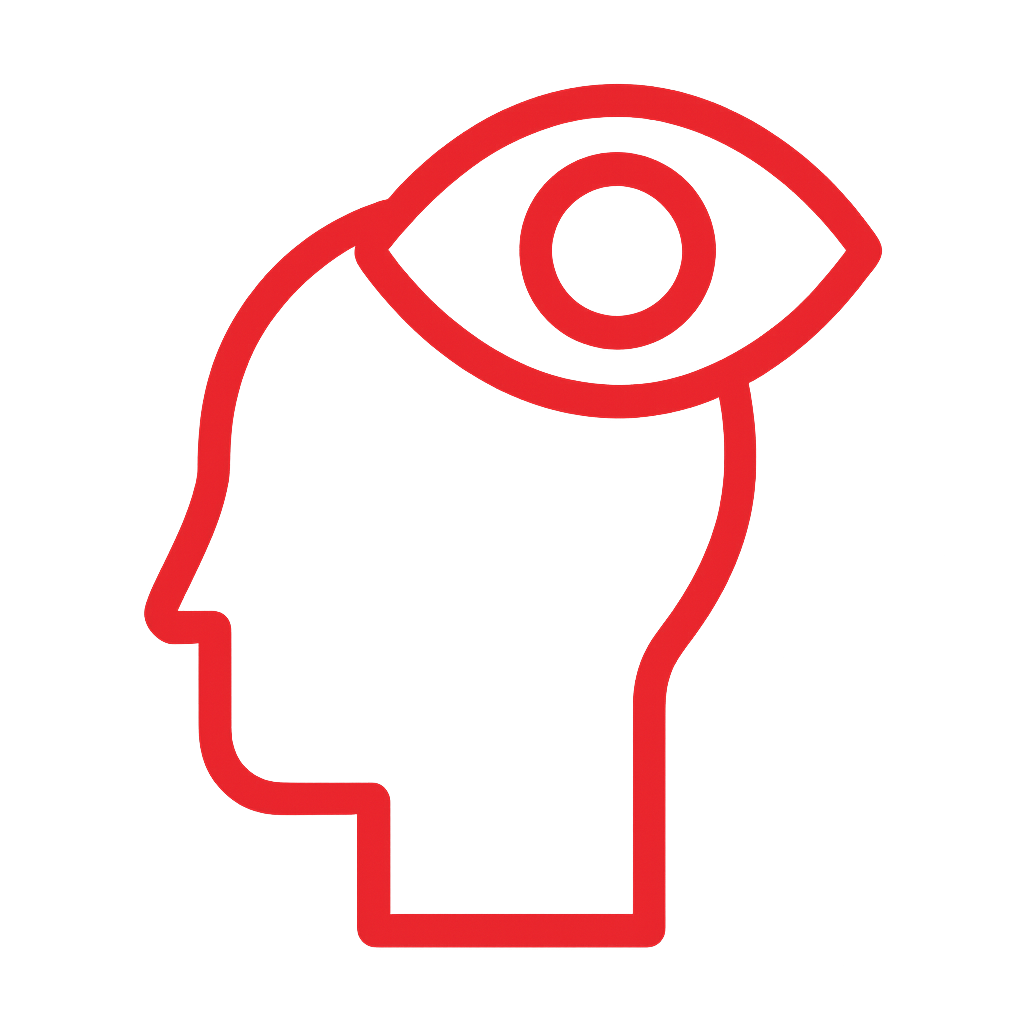

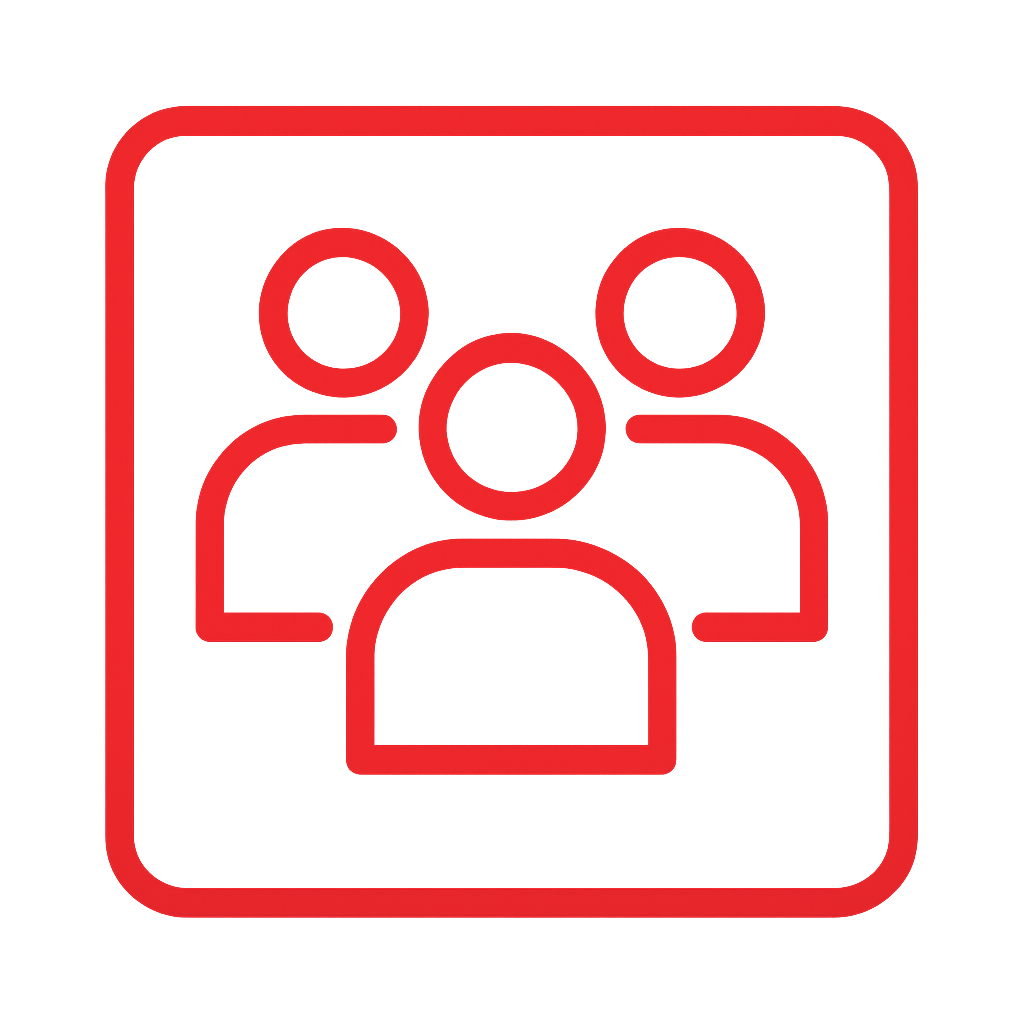
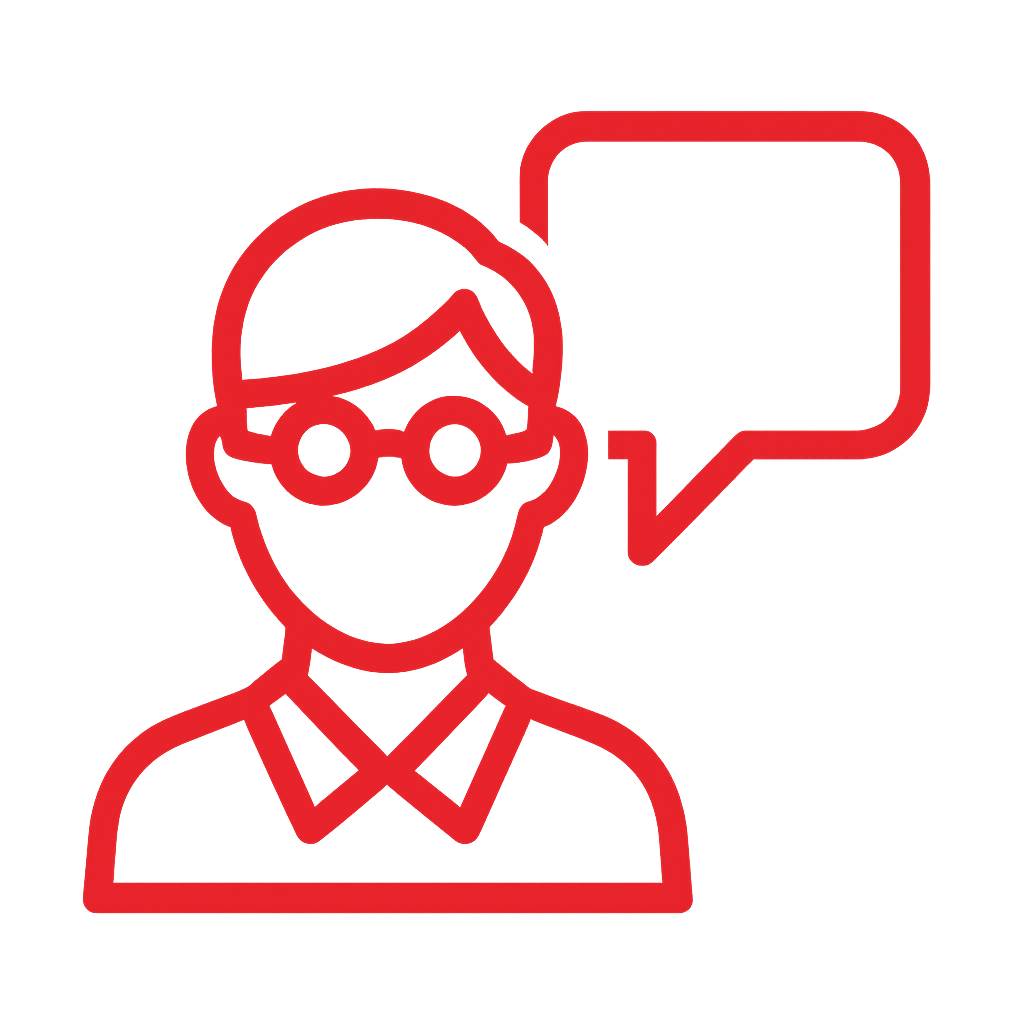

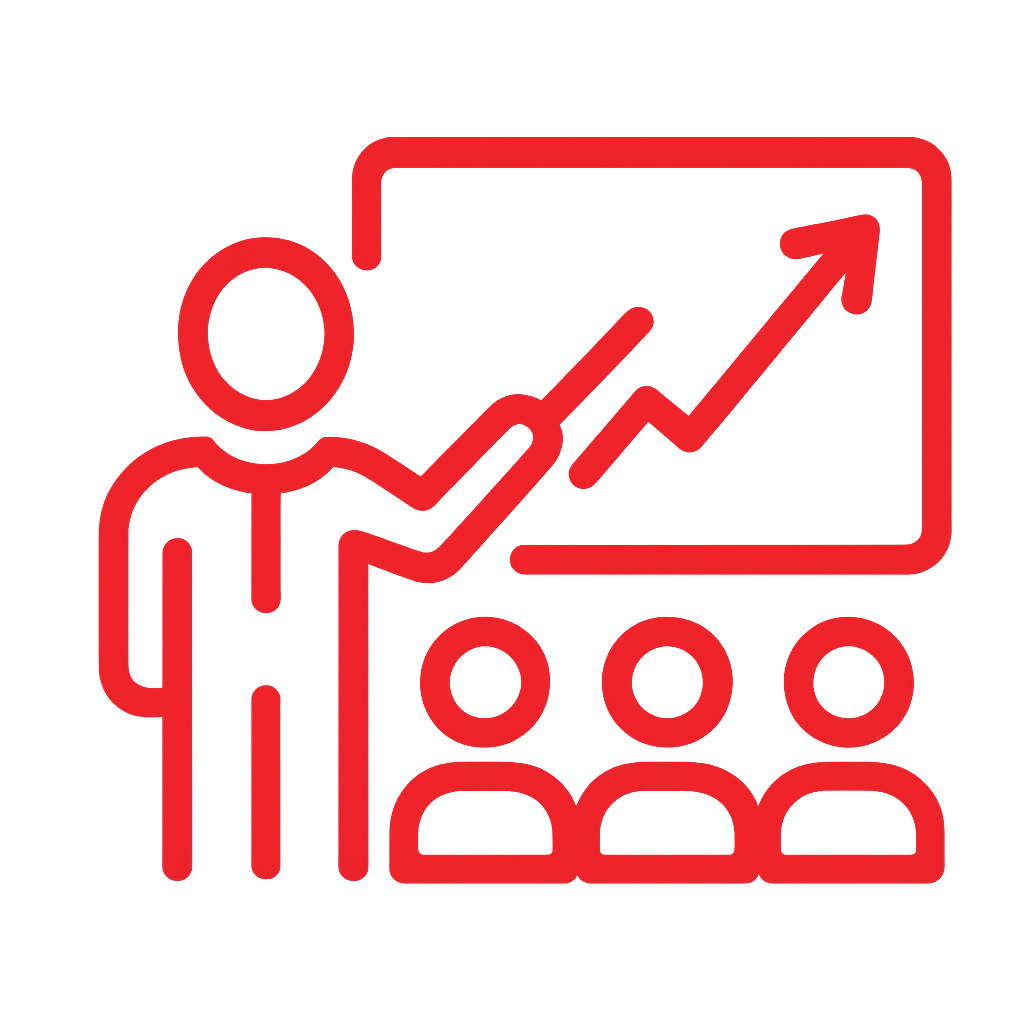
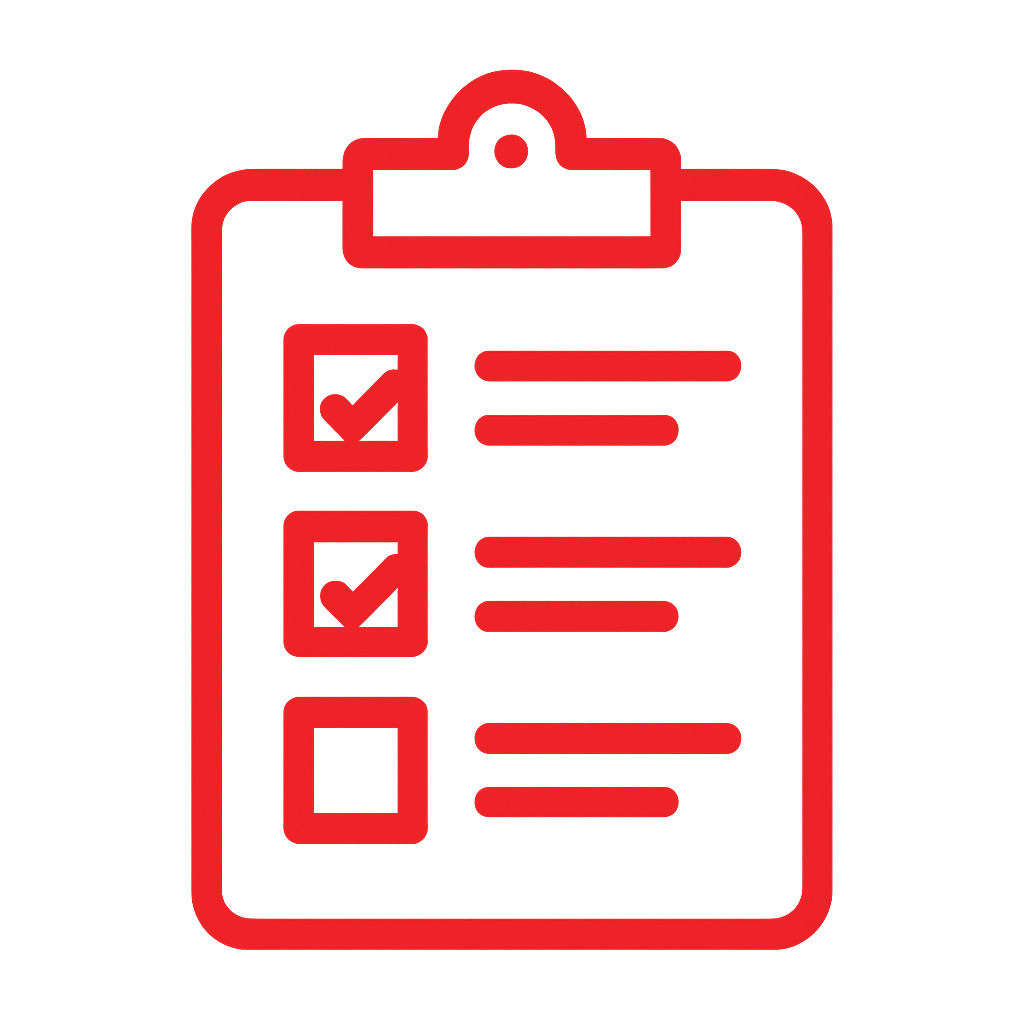

.png)
.png)
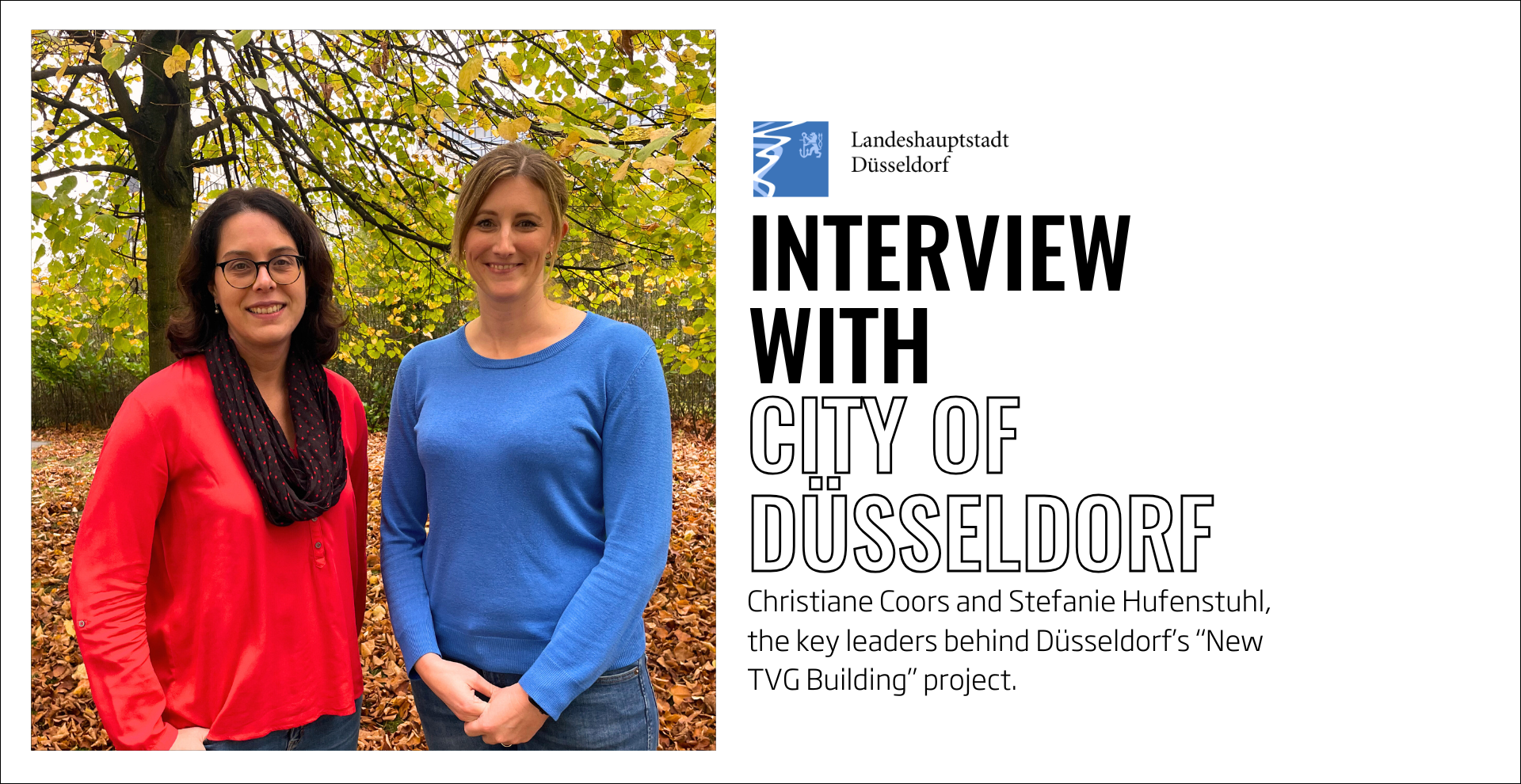
.png?width=352&name=V+C%20(4).png)

.png?width=352&name=V+C%20(2).png)